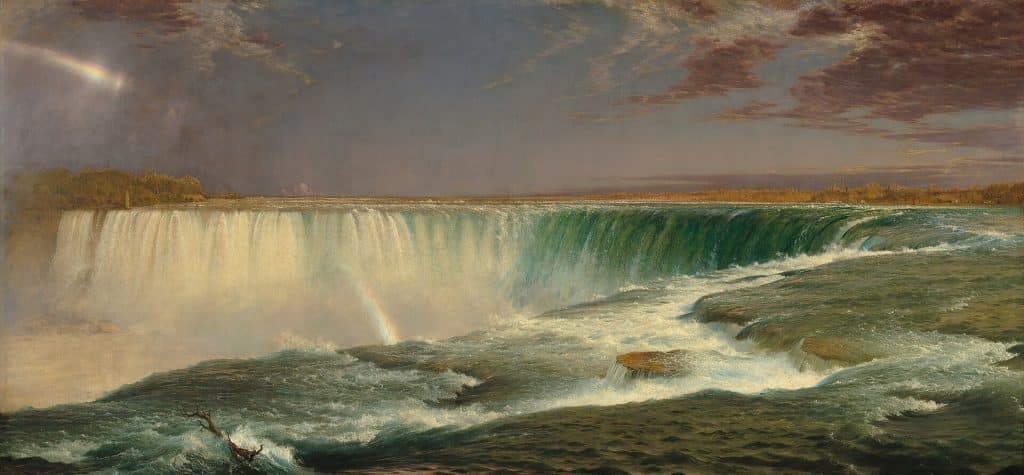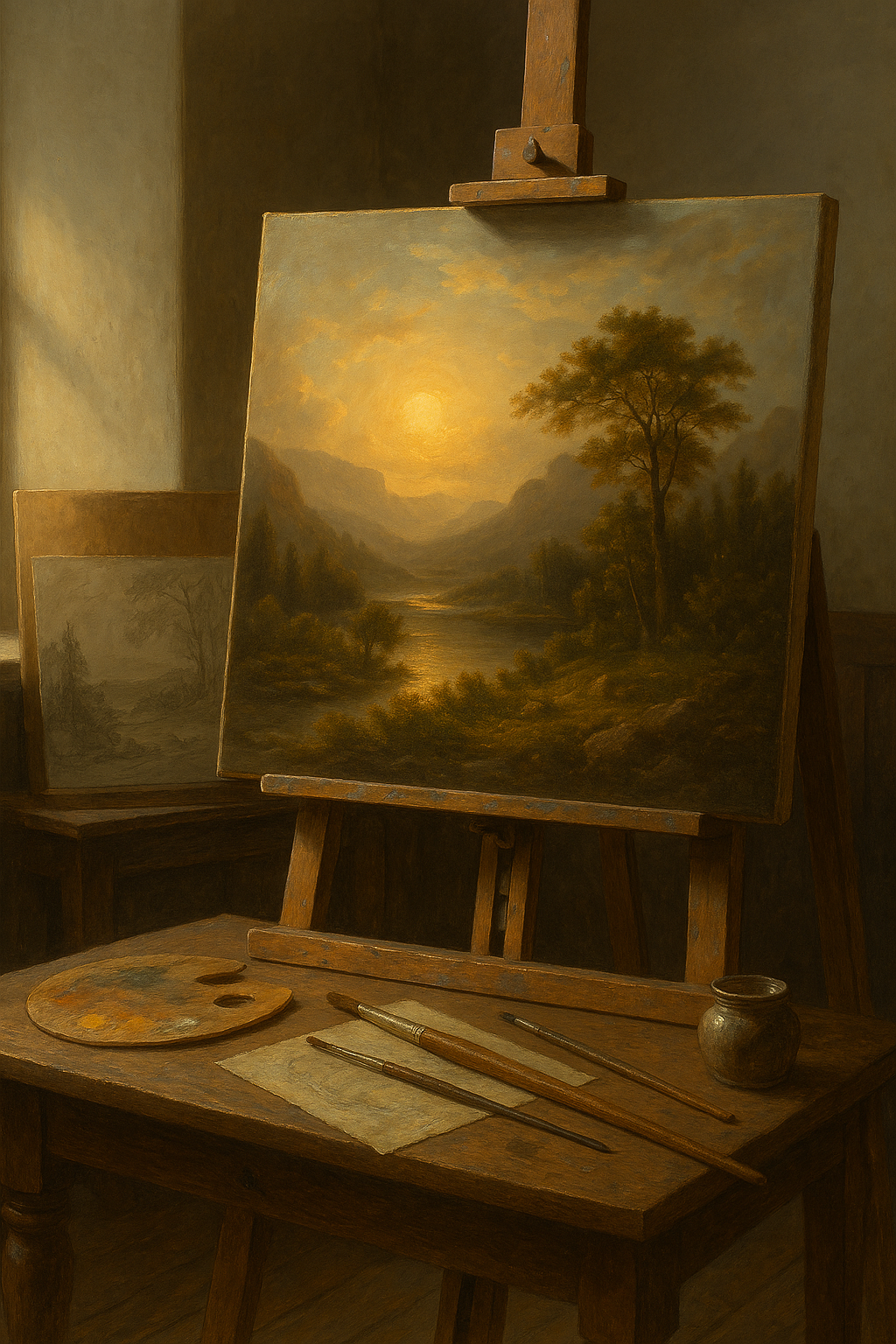There was a time in American art when the landscape was not merely a view to be admired but a revelation — a meeting place between the human spirit and the eternal.
This was the vision of the Hudson River School, a movement born in the mid-19th century that sought to capture the sublime — the grandeur of nature as a reflection of the divine.
http://www.light-sculpture.com
Origins: A New World’s Vision
The Hudson River School began around the 1820s–1840s in New York’s Hudson Valley, where painters like Thomas Cole, Asher B. Durand, and Frederic Edwin Church saw the American wilderness as something more than subject matter — it was spiritual terrain.
Thomas Cole, often regarded as the movement’s founder, wrote in his 1836 essay Essay on American Scenery:
“It is the most distinctive, because the most characteristic, trait of American scenery — its wilderness.”
For Cole, the untouched forests, distant mountains, and rolling clouds were a moral and poetic force — a landscape capable of expressing the soul’s dialogue with creation.
Philosophy: The Sublime and the Transcendent
Rooted in Romanticism and influenced by thinkers like Emerson and the Transcendentalists, the Hudson River painters viewed light not as mere illumination but as revelation.
They believed nature contained divine order — that to paint light truthfully was to paint truth itself.
In their canvases, sunlight was symbolic: it cut through mist, touched mountaintops, and descended into valleys, suggesting spiritual presence within physical form.
Their philosophy blended observation and reverence — realism tempered by awe.
Techniques: Precision and Atmosphere
The painters of the Hudson River School worked with remarkable precision. They often traveled into wilderness regions — the Catskills, the Adirondacks, even South America — making meticulous pencil and oil sketches on site. Back in the studio, these studies became vast, panoramic compositions.
Technique hallmarks:
-
- Foreground detail: botanically accurate foliage and rock textures anchoring the eye.
-
- Atmospheric perspective: fine gradations of tone and color to evoke vast distances.
-
- Celestial drama: skies rendered with subtle tints and shifting light — a mirror of divine motion.
The result was not photographic realism but spiritual naturalism — landscapes that felt larger than life yet deeply human in their stillness.
Notable Figures
-
- Thomas Cole (1801–1848) — The philosophical founder; his series The Course of Empire and The Oxbow defined the moral and poetic scope of the movement.
-
- Asher B. Durand (1796–1886) — Cole’s friend and successor, who advocated painting directly from nature; his Kindred Spirits is a quiet elegy to artistic fellowship.
-
- Frederic Edwin Church (1826–1900) — Cole’s student, who expanded the movement globally; Niagara and The Heart of the Andes pushed both scale and luminosity to new heights.
-
- Albert Bierstadt and Thomas Moran later carried the style westward, transforming American wilderness into national mythology.
Legacy: A Light That Still Speaks
Though modernism eventually moved beyond Romantic landscapes, the Hudson River School left a permanent impression. Their reverence for light, scale, and atmosphere informs not only painting but also photography, film, and even environmental art today.
To study their work is to understand that realism can be a form of worship — a patient acknowledgment that the world, seen clearly, is already luminous.


Albert Bierstadt, Among the Sierra Nevada, California, 1868, Smithsonian American Art Museum, Washington, D.C.


Frederic Edwin Church, Niagara Falls, 1857, Corcoran Gallery of Art, Washington, D.C.




4 Responses
Thank you! Hope to learn more!
You are welcome. I try to post an article every week.
Such an enjoyable read. I instantly recognized the style of Thomas Moran, as I had studied him a little when we went to Yellowstone National Park on a recent trip. I love the luminous atmospheric style, displaying God’s beautiful creation.
Thank you for sharing.
My Faith plays a role in my art, and oddly so does classical music as an inspiration.